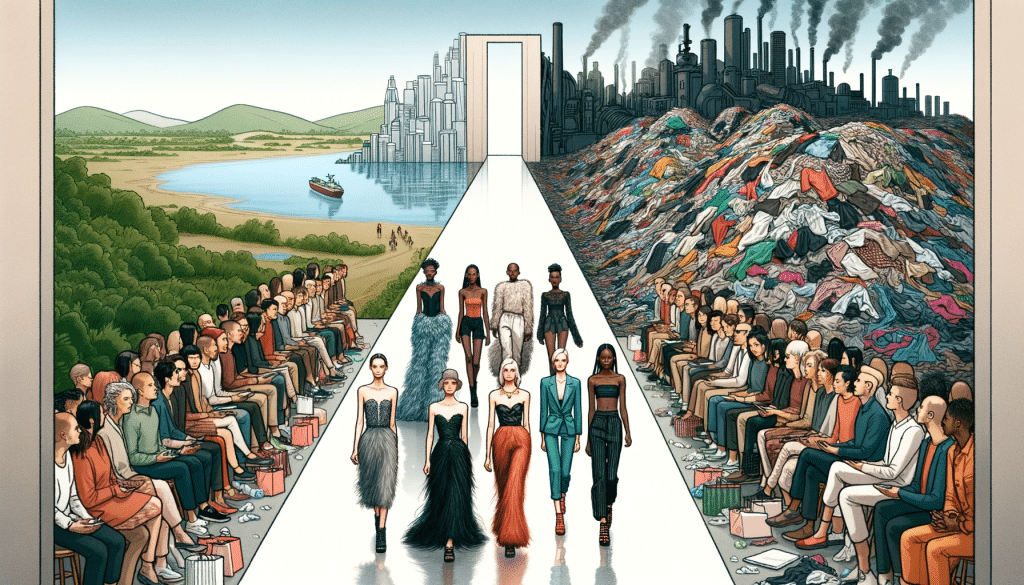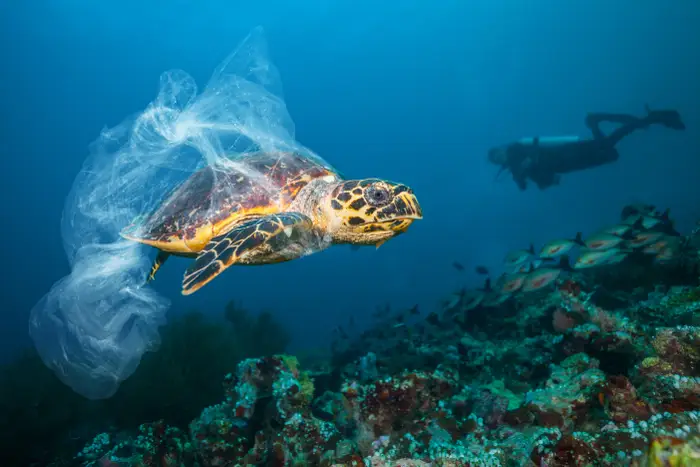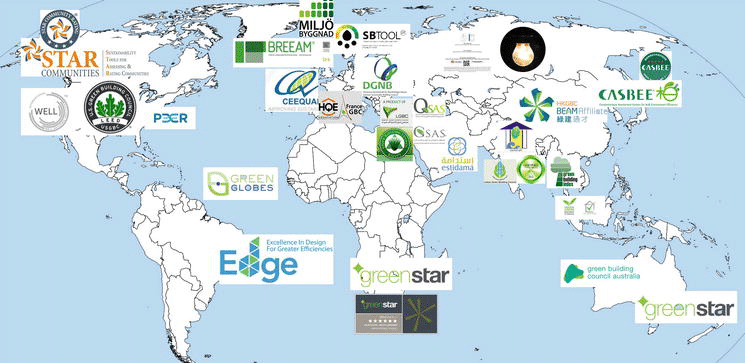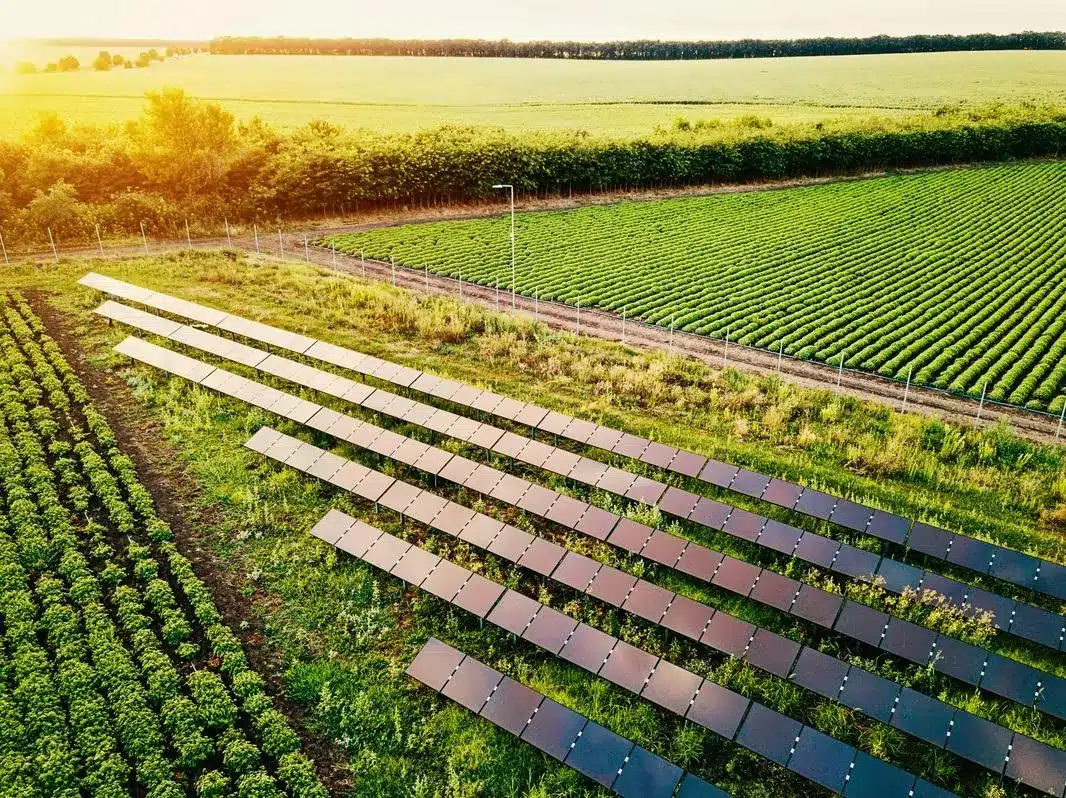Please Note: We have listed this article course From Fast Fashion to Fair Fashion: A Climate Ambassador’s Guide as a flipbook on this page .It is for those interested in auditing the course/lesson. Please enroll in the course or get a Platinum membership and access all our courses at your leisure. This way you can report this course for Continuing Education (CE) or need a certificate. Enrolled students must take and pass the short quiz in order to earn CE credits. In addition, this course needs to be self-reported. Self-reporting information will be accessible once you complete the Quiz.
“From Fast Fashion to Fair Fashion: A Climate Ambassador’s Guide” is an in-depth exploration of the fashion industry’s multifaceted impact on climate change, social justice, and the global economy. This course stems from a unique collaboration within GBRI’s International Sustainability Program’s Classroom, where young Architecture and Engineering students laid the foundation for this comprehensive guide. Now an integral part of GBRI’s Climate Change Ambassador Program, the course aims to equip participants with the knowledge and tools needed to make informed, sustainable choices in fashion consumption.
Starting with the history of clothing as a tool for survival, the course delves into the industry’s transformation into a global behemoth with detrimental environmental and social implications. It also offers actionable insights and sustainable alternatives for conscious consumption. Whether you are a student, a professional, or someone interested in sustainable living, this course provides valuable insights into one of the most pervasive yet least-discussed contributors to climate change: the fashion industry.
What will you learn
- Understand the Concept of Fast Fashion: By the end of this article, the reader should be able to define what fast fashion is, and explain its business model and its impact on the environment.
- Identify the Environmental Consequences: Readers will learn about the various environmental impacts of the fashion industry, including but not limited to waste, water consumption, and greenhouse gas emissions.
- Recognize the Social Implications: The article will enable readers to understand the social costs of fast fashion, such as labor exploitation and poor working conditions, with a focus on vulnerable communities.
- Discover Sustainable Alternatives: Readers will be introduced to sustainable fashion practices and ethical brands, learning how to make more responsible fashion choices.
- Take Meaningful Action: Armed with the knowledge from this article, readers should be able to identify credible certifications and labels that indicate sustainable or ethical practices, and know how to apply this information in their own lives.










